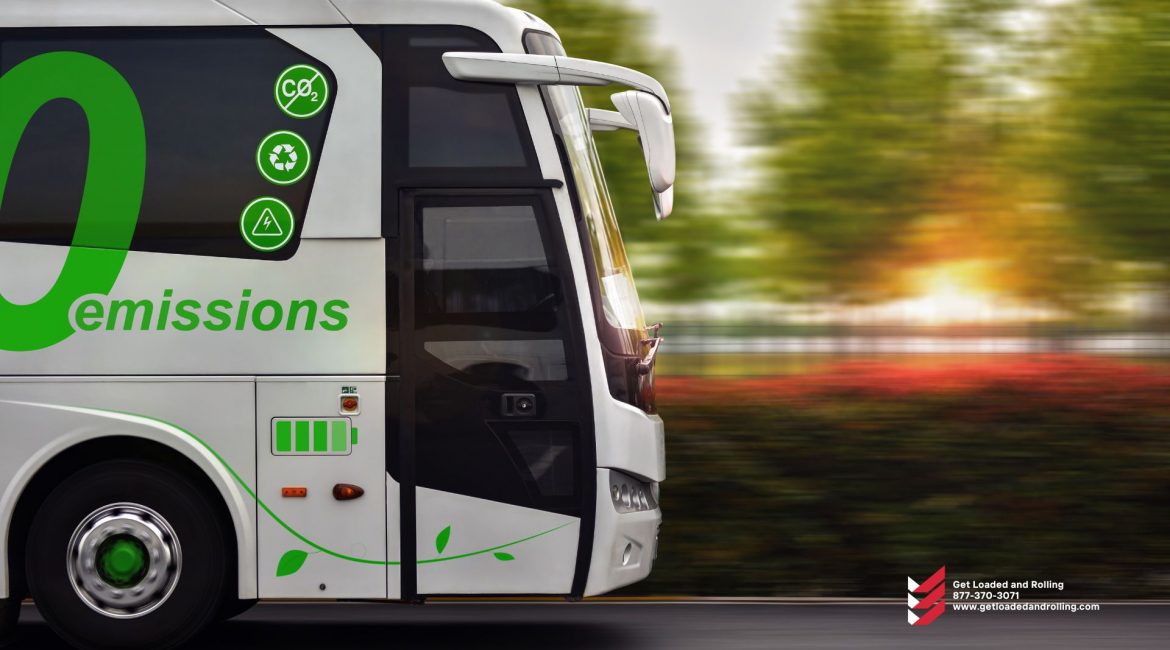Electric trucks and electric cars, in general, are frequently marketed as zero-emission vehicles, but are they?
Air pollutants and greenhouse gas emissions are the two types of emissions to consider.
EVs have zero tailpipe emissions, which means they don’t emit air pollutants or greenhouse gases through their tailpipes as fossil-fuel vehicles do.
Particulate matter, nitrogen oxides, and sulfur oxides are among the air pollutants that contribute to smog in cities. Fewer air pollutants can have a huge influence on human health because air pollution causes asthma, lung issues, and even mortality.
EVs, however, require a power source for charging even if they do not release GHGs from their tailpipes.
Solar panels or other renewable energy sources are used to power some EV chargers. However, many EVs are powered by grid electricity. As a result, the emissions involved with charging an electric truck vary substantially between states.
The state’s energy mix for the electrical grid has an impact on EV emissions.
According to the Nuclear Energy Institute, wind energy will generate about 58 percent of Iowa’s electricity in 2020. In the same year, coal provided 88 percent of West Virginia’s electricity. As a result, GHG emissions from charging an EV in West Virginia would be significantly greater than in Iowa.
The environmental benefits of transitioning to EVs in states with greater coal consumption ratios, such as West Virginia, are substantially smaller during the vehicle’s lifetime. The majority of states obtain their energy from a more diverse combination of renewable, natural gas, coal, petroleum, and nuclear sources.
“Even after accounting for these energy emissions, research shows that an EV is often responsible for lower levels of GHGs than the average new gasoline automobile,” according to the Environmental Protection Agency’s website. “The overall GHGs associated with EVs might be considerably lower if more renewable energy sources like wind and solar are employed to generate electricity.”
The emissions involved with charging EVs will decrease as states deploy more renewable energy.
Production and recycling
It is well known that producing EVs produces higher GHG emissions than manufacturing automobiles with conventional combustion engines. The primary sources of these excess emissions are mining and battery construction.
However, after doing life cycle calculations, many experts concur that EVs produce fewer GHG emissions than ICE vehicles.
“The GHG emissions associated with an EV over its lifetime are often lower than those connected with an ordinary gasoline-powered car, even when manufacturing is taken into consideration,” the EPA stated.
Currently, not many EV batteries are recycled, but attempts are expanding. According to Department of Energy research, using recycled components from old batteries could lower energy usage by 82 percent and expenses by 40 percent.
“Recycling lithium-ion batteries not only reduces materials scarcity and improves environmental sustainability, but it also supports a more stable and robust domestic materials supply chain that is circular in nature,” according to the paper.
The GHG emissions connected with EVs will drop as battery recycling efforts rise, battery technology improves, and more of the electrical grid runs on renewable energy. However, many experts agree that switching to EVs is already healthier for the environment and human health.
